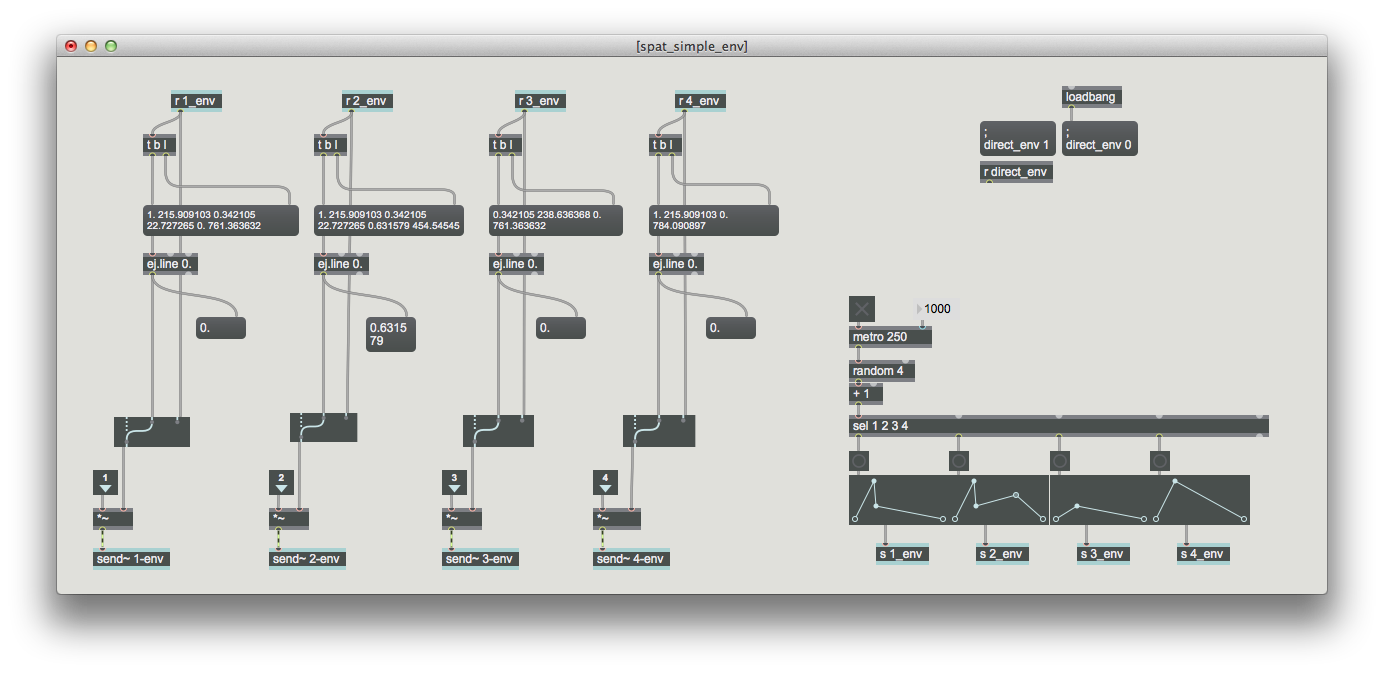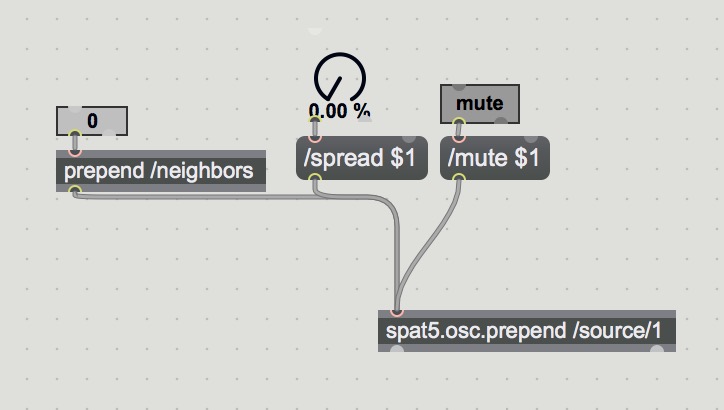Hi there,
I’m looking at using SPAT for a fairly simple (conceptually at least) application, but just a little unsure as to where to start regarding researching different approaches / evaluating possible solutions.
I have a med sized (32x8m) space covered by around 20 speakers hung from the ceiling (pointed down around 3 m high) in a matrix (two lines of 10 speakers)
The space will have numerous people at various times. Think of it as the “museum” model - a significant number of speakers covering a significant number of people.
My use for spat would be as simple as a multi-channel panner where the speaker positions are defined, and objects are panned but NOT localised for a particular user position…
I’m digging down into spat now - but I keep running into (fun!) deep dives about other use types (which are all exciting) but I cannot find any literature / writing on this. I’m kind of assuming I’ll just be able to turn off different parts of the processing and rely on one of the panning methods only to do this (and perhaps using some of the room processing… though for this particular project it may not be necessary!)
Does this make sense? I apologise if I come to this from a slightly ignorant space. I come to this from using systems such as IOSONO, various matrix systems, or even a custom built system at one time… or hacking together various things to make large channel count panners work… (some people would die at the simple methods employed yet perfectly acceptable for the type of experience they’ve been used for!)
(The final project needs to run for quite a long time on a PC - but I’m developing everything on a mac! So I can’t use outside max packages that are not windows compatible )
Cheers all - Brendan.


